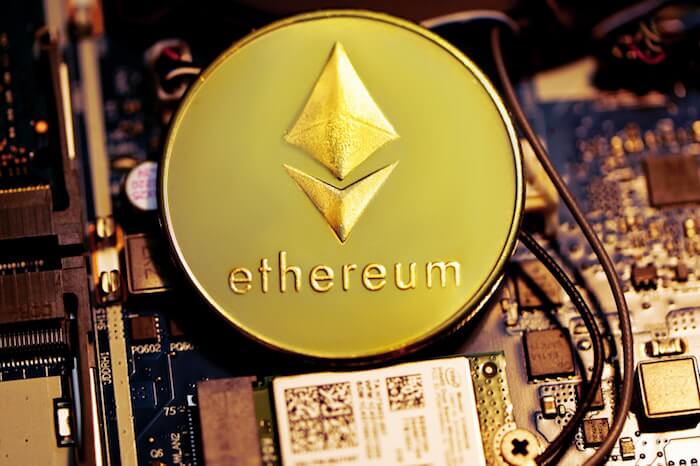Ethereum 2.0 or "Serenity
Ethereum 2.0, also known as Eth2 or "Serenity", is an upgrade of the blockchain Ethereum, which aims to improve scalability and make the network more efficient.
The upgrade will see the Ethereum network transition from a proof-of-work to a proof-of-stake consensus mechanism. This means that instead of using miners competing to verify transactions and add them to the blockchain, ether token holders can vote for validators (also known as validator nodes) who contribute their computing power to process transactions and secure the network. These validators will be rewarded with ether tokens for verifying transactions. The shift from a proof-of-work to a proof-of-stake consensus mechanism should make Ethereum faster, more secure, and much more scalable than before.
Proof-of-stake
While Ethereum 1.0 uses a consensus mechanism known as proof-of-work (PoW), Ethereum 2.0 will use a proof-of-stake (PoS) mechanism.
Proof-of-stake is a consensus algorithm that replaces the proof-of-work consensus algorithm. In the proof-of-work model, miners use their processing power to verify transactions, but in the proof-of-stake model, users stake their own coins.
Ethereum requires decentralized validation of transactions. Ethereum, like other crypto-currencies such as bitcoin, currently uses a proof-of-work consensus mechanism. This means that miners use the processing power of a machine to solve complex mathematical puzzles and verify new transactions. The first miner to solve a puzzle adds a new transaction to the record of all the transactions that make up the blockchain. He or she is then rewarded with the crypto-currency network. However, this process can be very energy-intensive, as the processing power used by miners who haven't solved the puzzle is wasted. Proof-of-stake means that, instead of relying on miners, individual users can invest their own coins and become validators.
The benefits of Ethereum 2.0
- The proof-of-stake model enables faster transactions and lower fees than the previous proof-of-work model.
- The proof-of-stake model allows Ethereum holders to "stake" their assets in "stake pools" that will earn rewards and increase their holdings over time.
- Ethereum holders can now stake their assets on a number of popular exchanges such as Kraken, Coinbase and Binance.
- Ethereum 2.0 will implement a method known as "sharding", which will dramatically increase transaction speed, potentially raising its capacity to 100,000 transactions per second or more.
- The current cost of transactions on the Ethereum network is very high, preventing many people from using it.
- If this upgrade is successful, the resulting reduction in costs will make the network more convenient for average users.
- Ethereum's upgrade could have a profound effect on its pricebecause its lower costs and faster transactions open up the network to a larger number of users.
credit photo @unsplash


